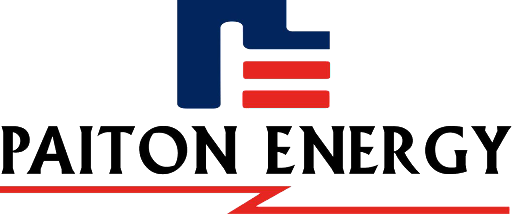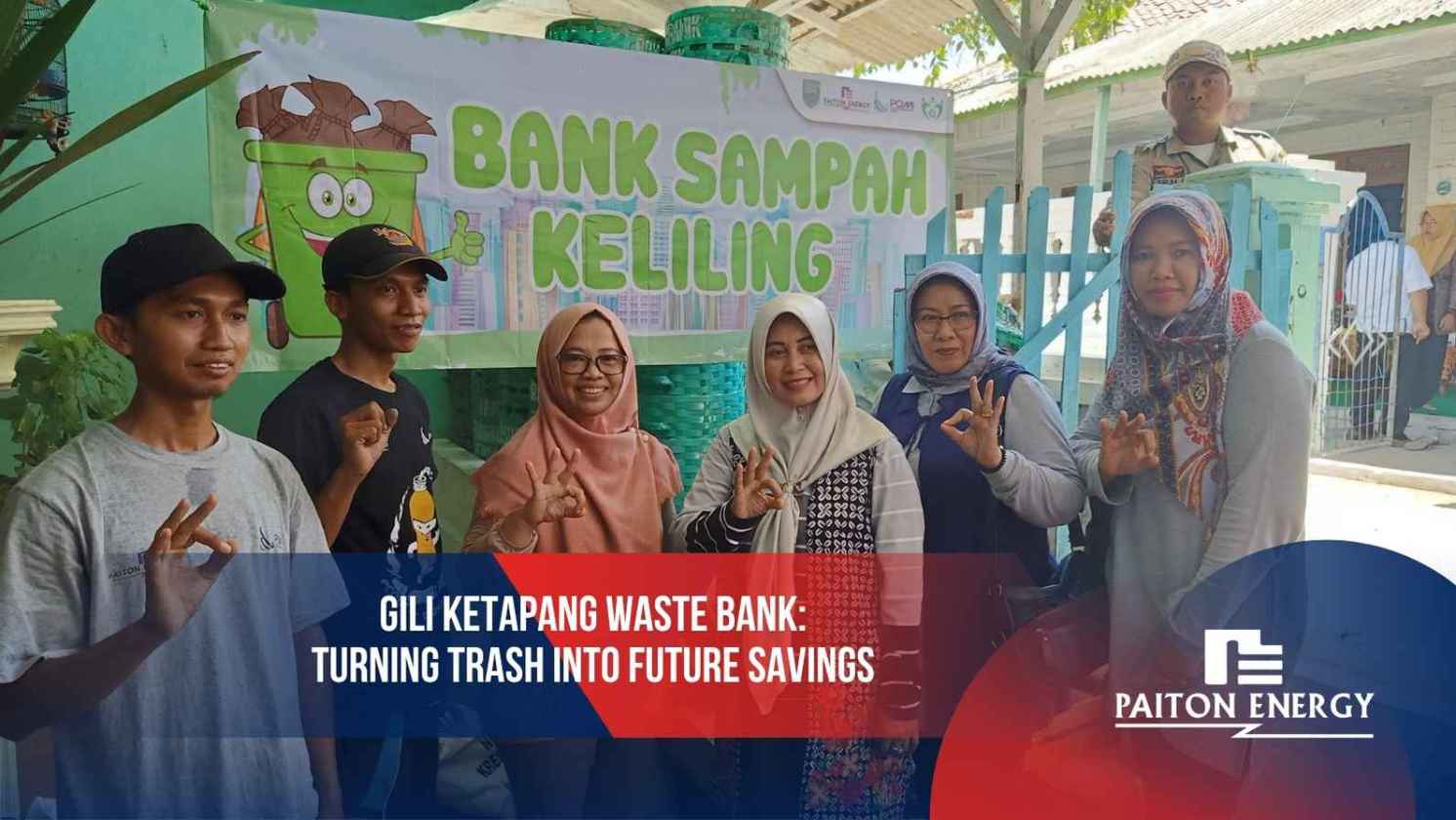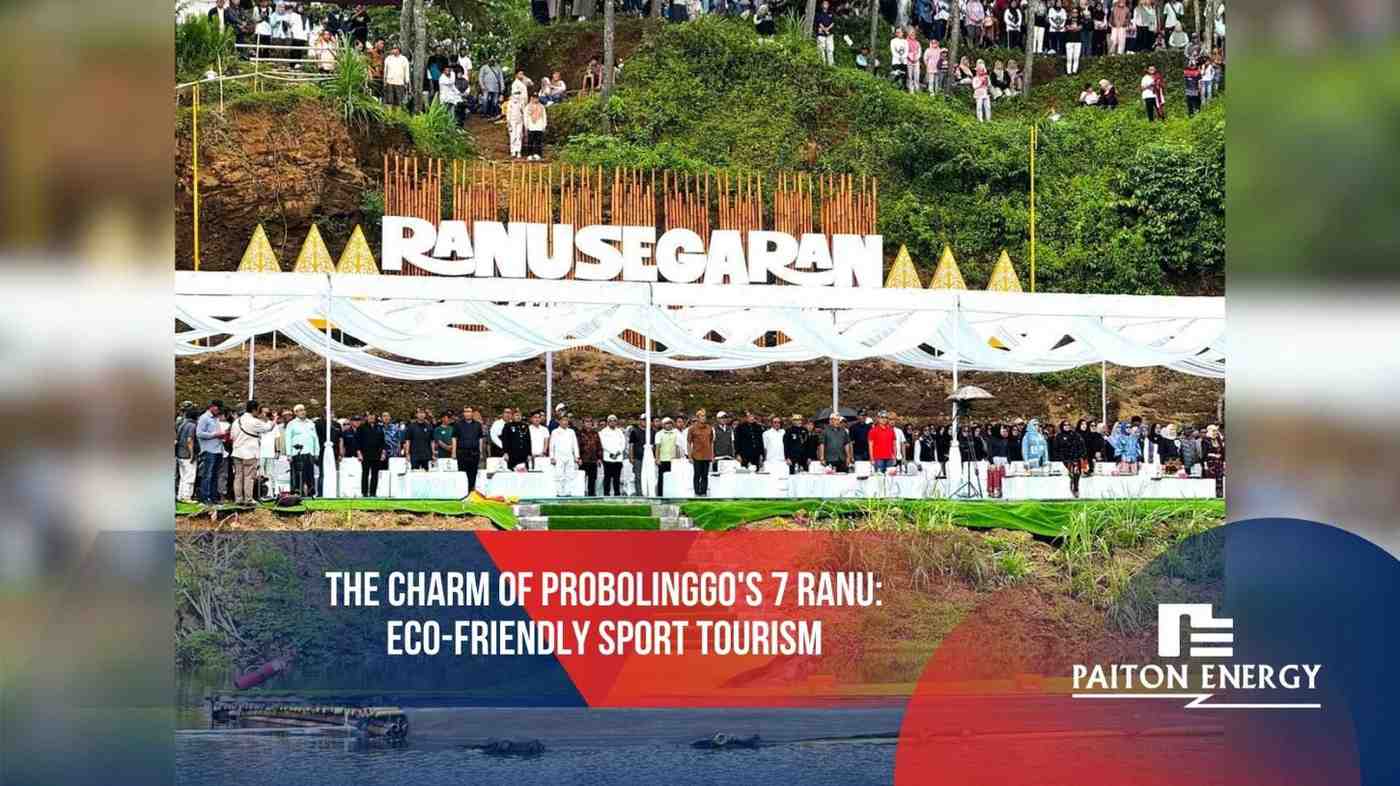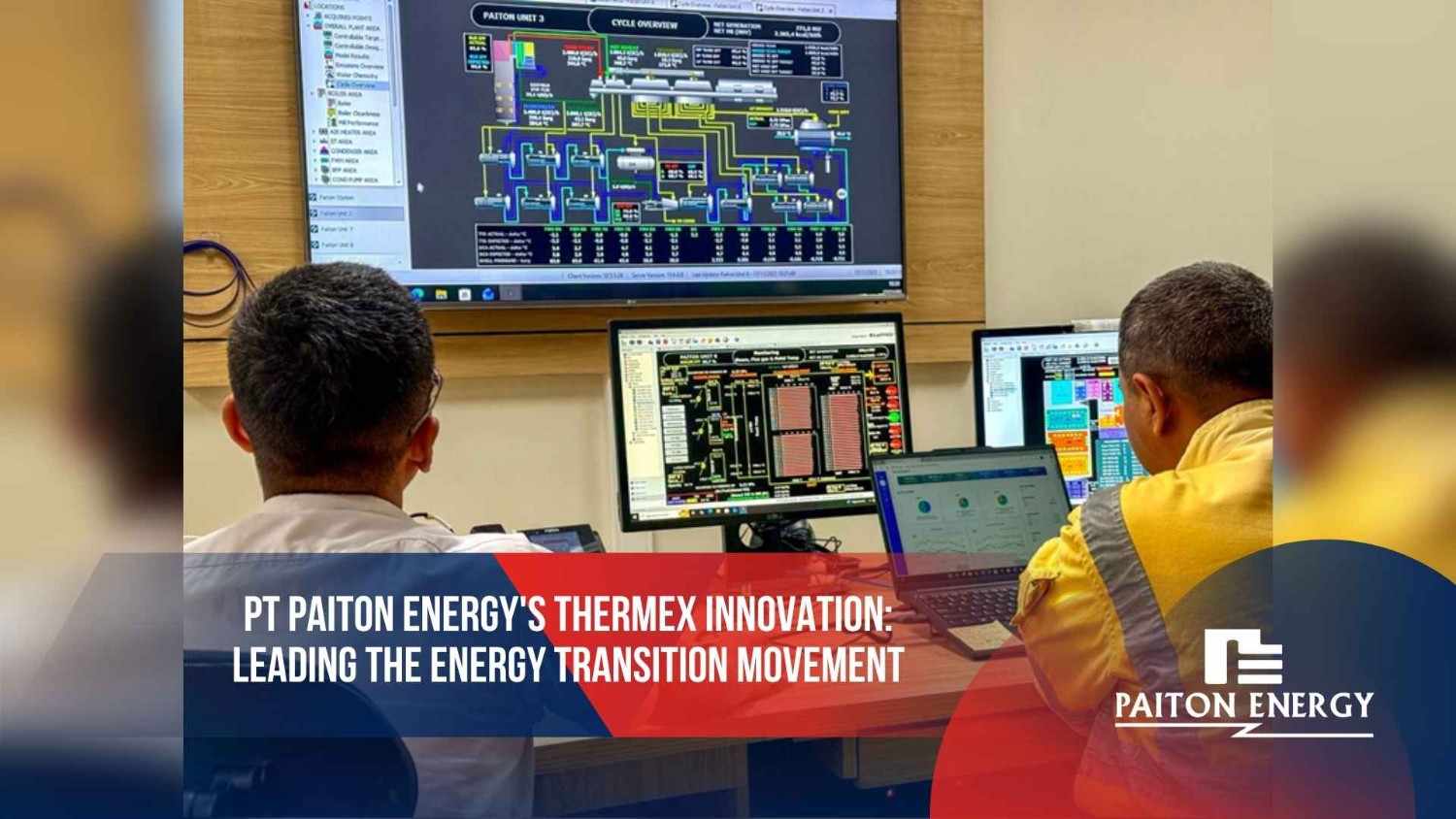Gili Ketapang Island, located in Probolinggo Regency, East Java, is a growing marine tourism destination. Its stunning beaches attract both domestic and international tourists.
However, beneath its natural charm lies a serious issue, waste.
The island faces major challenges in waste management stemming from various sources, including household waste, tourist and fishing activities, and debris brought by ocean currents.
This problem not only pollutes the environment but also threatens the tourism sector and public health. Accumulated waste can harm marine ecosystems, disrupt biodiversity, and increase the risk of disease, especially for children who often play along the shoreline.
To address this issue, an innovative solution was introduced that merges environmental and economic aspects: the waste bank.
The Concept and Role of the Waste Bank
A waste bank is a community-based waste management system in which waste is treated as a valuable asset. Residents are encouraged to collect and sort recyclable materials such as plastic, paper, and metal.
These materials are then deposited at the waste bank, weighed, and converted into savings. The savings can be withdrawn as cash or exchanged for daily necessities. In some cases, they can even be used to cover educational, healthcare, or small business expenses.
More than just a waste collection point, a waste bank serves as a center for education, economic empowerment, and environmental preservation.
Understanding the benefits of waste management through the waste bank model opens up broader insights into its impact on community life.
Implementation of the Waste Bank in Gili Ketapang
The waste bank initiative in Gili Ketapang is part of the corporate social responsibility (CSR) program of PT Paiton Energy – PT POMI. In collaboration with the Probolinggo Regency Government, the Environmental Agency, and the Probolinggo City Police, the program is being implemented systematically and involves active participation from local communities.
The program applies the 3R principles (Reduce, Reuse, Recycle) through structured steps to maximize the economic and environmental value of waste.
Community groups collect and sort waste, separating organic materials and processed into maggot feed to support sustainable farming from inorganic waste, especially plastic, which is sold to recycling partners to support a circular economy. Non-recyclable waste is sent to the Final Disposal Site (TPA) as a last resort, while economically valuable waste is optimized through the waste bank system.
This systematic approach not only reduces the burden on landfills but also reinforces a commitment to circular economy practices and responsible waste management.
Additionally, community-led beach clean-up actions involving villagers and local officials have successfully collected up to 1.5 tons of waste in a single event, demonstrating the power of collective action to achieve meaningful environmental impact.
Ongoing education and training ensure that residents understand the broad range of benefits waste management can offer, especially the income potential from household waste.
Benefits of the Waste Bank for the Community and the Environment
Waste management through the waste bank does more than handle waste, it drives positive transformation for both the environment and the community. Through its structured mechanism, the waste bank brings tangible, long-term benefits:
- Significant waste reduction, lowering pollution levels and prolonging the operational life of landfill sites while easing the burden on ecosystems.
- Income generation from waste previously deemed worthless, motivating active public participation in sorting and collecting waste responsibly.
- Continuous education and training, transforming citizens into recycling agents and advocates for environmental sustainability.
- New business opportunities in the collection, sorting, and recycling sectors, supporting an inclusive circular economy.
In short, the waste bank provides environmental, economic, educational, and social benefits. It raises environmental awareness while offering new sources of income that many had never considered.
Collaboration and Continuous Innovation
The success of the Gili Ketapang waste bank stems from a collaborative pentahelix approach, involving private companies, government, academia, communities, and the media. PT Paiton Energy plays a key role in infrastructure development, education, and community empowerment through its CSR program.
One notable innovation emerging from the program is the production of ecobricks, plastic bottles filled with compacted waste, used as alternative building materials. This initiative not only reduces plastic waste but also supports the rehabilitation of coral reefs damaged by human activity.
The program directly contributes to achieving the Sustainable Development Goals (SDGs), particularly in waste management, carbon emission reduction, and enhancing the well-being of local communities.
Recognition and Broader Impact
For its contributions to environmental preservation and community empowerment, PT Paiton Energy has received multiple national awards, including the Green PROPER from the Ministry of Environment and Forestry, and the Indonesia Green Award for its efforts in plastic waste management.
These accolades affirm that the waste bank is not merely a social program, but a strategic movement for sustainable development.
As Bambang Jiwantoro, Head of External Relations at PT Paiton Energy, stated:
“Community-driven activities like ecobricks and waste banks at the Proklim locations are tangible examples of climate change adaptation and mitigation. These initiatives not only improve community welfare but also reduce the risks associated with climate change.”
A Model for Sustainable Change
The Gili Ketapang Waste Bank is a powerful example of how waste management innovation can transform challenges into opportunities. With a simple yet impactful concept, the waste bank has demonstrated that trash can indeed become a form of future savings.
Through cross-sector collaboration and active community engagement, the program effectively addresses a fundamental question: what are the benefits of waste management through the waste bank model? The answers range from preserving the environment and increasing household income to fostering a sustainable culture of saving.The waste bank is not just about cleanliness, it is about hope, education, and social transformation.
Gili Ketapang is no longer just a tourist destination; it now stands as a symbol of hope for a greener, more prosperous future.




